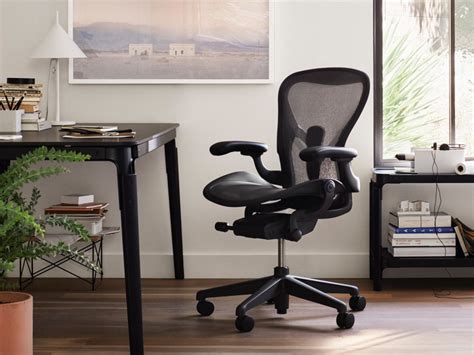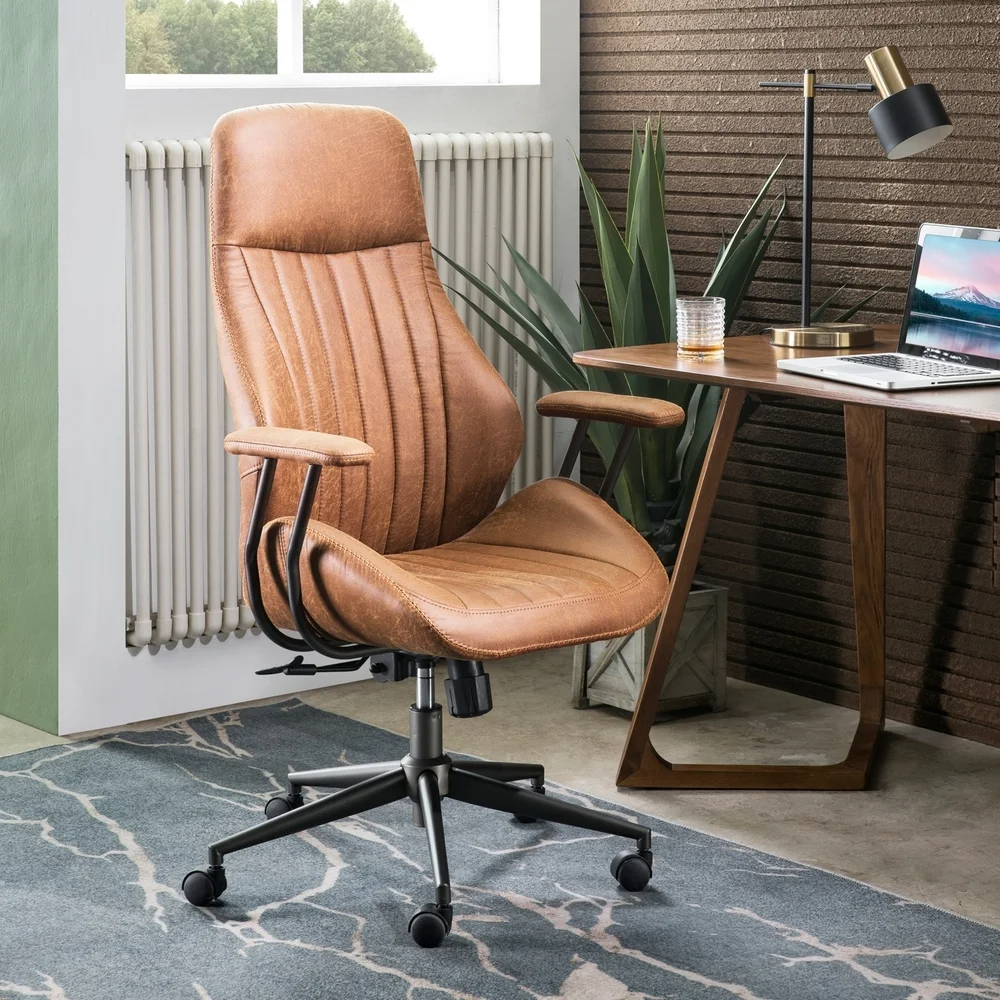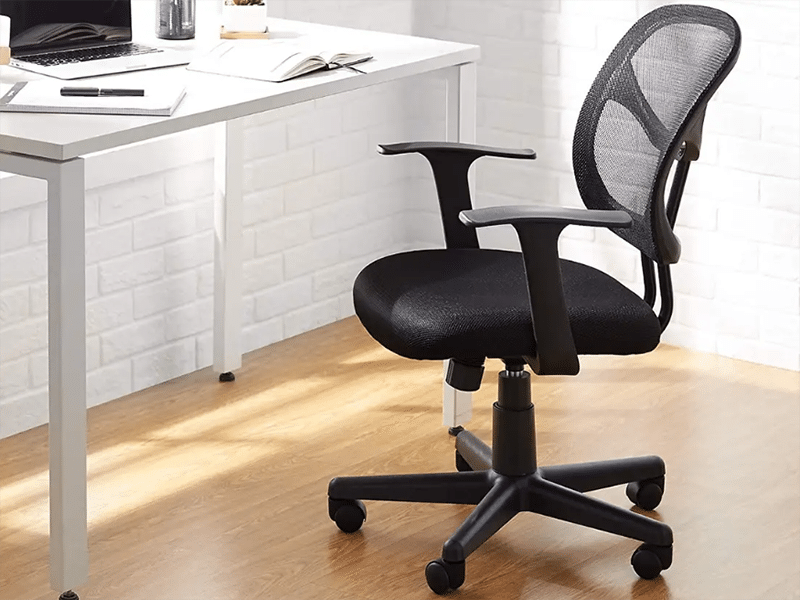The traditional office landscape is undergoing a transformative shift driven by a growing awareness of the impact of workplace design on employee health and productivity. Integrating standing desks and ergonomic chairs represents a pivotal step toward creating a healthier office environment. This article explores the synergies between standing desks and ergonomic chairs, highlighting their combined role in designing workspaces that prioritize well-being and productivity.
Table of Contents
The Rise of Standing Desks:
Standing desks have become a symbol of the modern, health-conscious workplace. The passive nature of desk-bound jobs has prompted a shift towards standing desks, which allow employees to alternate between sitting and standing positions throughout the day. This dynamic approach to desk work is associated with various health benefits, including improved posture, increased energy levels, and reduced risk of chronic health issues.
Ergonomic Considerations in Standing Desks:
When incorporating standing desks into the office design, ergonomic considerations are paramount. The height of the standing desk should be adjustable to accommodate users of different heights. The goal is to create a setup that promotes a neutral wrist, arm, and eye level to prevent strain and discomfort. Investing in quality standing desks with adjustable features ensures employees can personalize their workstations for optimal comfort.
The Complementary Role of Ergonomic Chairs:
While standing desks offer a refreshing break from prolonged sitting, the reality is that employees still need a comfortable seating solution during their workday. This is where ergonomic chairs come into play. These chairs are designed to provide optimal support to the spine, lower back, and overall body, promoting good posture and reducing the risk of musculoskeletal issues associated with extended periods of sitting.
Creating a Seamless Transition:

Integrating standing desks and ergonomic chairs successfully involves creating a seamless transition between sitting and standing work modes. This can be achieved by strategically placing adjustable ergonomic chairs near standing desks. When employees feel the need to sit after a period of standing, they can seamlessly transition to a supportive chair designed to complement the ergonomic principles of the standing desk.
Benefits of Alternating Between Sitting and Standing:

The combination of standing desks and ergonomic chairs encourages employees to adopt a dynamic approach to their work. Alternating between sitting and standing has been linked to increased blood circulation, reduced fatigue, and improved concentration. This flexibility allows individuals to choose the posture that suits their tasks and personal preferences, contributing to a more personalized and health-conscious work experience.
Ergonomic Chair Features for Health and Comfort:
Ergonomic chairs come equipped with various features designed to enhance health and comfort. These may include adjustable lumbar support to maintain the natural curve of the spine, seat height adjustment for proper alignment, and breathable materials to promote airflow. Choosing chairs with these features ensures employees experience comfort and support during their seated work sessions.
Employee Well-Being and Job Satisfaction:
A workplace that prioritizes the health and well-being of its employees fosters job satisfaction and a positive work environment. By providing a choice between standing desks and comfortable ergonomic chairs, employers empower individuals to take control of their workstations, contributing to a sense of autonomy and overall job satisfaction.
Addressing Different Work Tasks:
Work often involves various tasks, some more suited to sitting while others to stand. Designing a healthier office acknowledges this diversity and allows employees to adapt their workspaces accordingly. From focused tasks that benefit from sitting to brainstorming sessions that thrive on standing collaboration, a well-designed office caters to the different needs of its workforce.
Encouraging Movement and Physical Activity:

Standing desks and ergonomic chairs promote a workplace culture encouraging movement and physical activity. Whether employees stand during a conference call or take short sitting breaks throughout the day, combining these elements supports a more dynamic and health-conscious approach to office life.
Strategic Implementation for Lasting Impact:
Designing a healthier office by integrating standing desks and ergonomic chairs requires a strategic and thoughtful approach. Consider the layout of workstations, the accessibility of adjustable chairs, and the incorporation of breakout spaces for standing meetings. By strategically implementing these elements, employers can create a lasting impact on their workforce’s well-being, satisfaction, and productivity.
Conclusion:
The marriage of standing desks and ergonomic chairs represents a holistic approach to designing a healthier office environment. By recognizing the benefits of standing and sitting; employers can empower their workforce to make choices that align with their health and productivity goals. This strategic combination fosters a workplace culture that prioritizes well-being, adaptability, and long-term employee satisfaction, ultimately contributing to a healthier, more vibrant professional community.